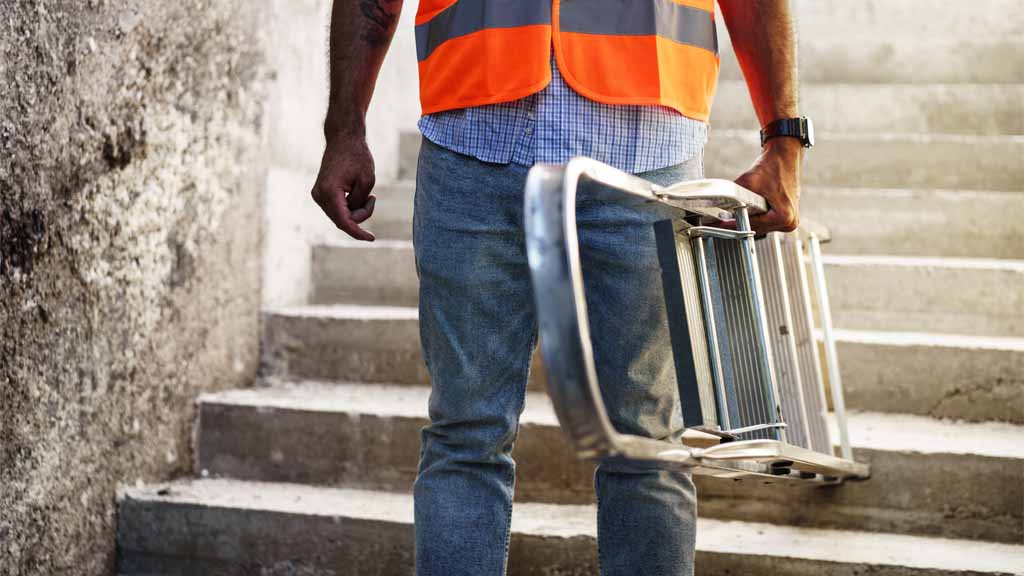
Roofers are the unsung heroes of many homes. They do more than replace your roof or add another layer of shingles. They inspect your home’s roof for damage and make any necessary repairs.
But what does a roofer do? when a roofer says that they are inspecting your roof? What should you be looking to see? Let’s explore how to spot common problems in 10 different areas of inspection:
- Water And Moisture Damage
The first step in inspecting a roof is to look for water and moisture damage. Water and moisture can cause mold, mildew, wood rot, metal rusting, and shingles curling.
When inspecting a roof for water damage, you look for leaks or signs that there was once a leak. Leaks come from many different things, such as ice dams when the snow melts on the top, causing it to refreeze at the eaves, clogged gutters causing rainwater overflow, poor flashing.
Is Your Roof Leaking?
If you have a flat roof, it’s also essential to check for leaks. Ensure the flashing around your chimney or vents is secure and airtight. Another thing to look for is missing shingles. Missing shingles can cause leaks, mold, and mildew.
What a roofer does in Roofs also needs to be inspected for moss growth, which can cause leaks. Well, if you notice any of the signs above on your home, it’s time to contact a professional roofer. They’ll be able to tell what repairs need to be made and how much it will cost.
- The Soffit, Fascia, And Eavestrough
The soffit and fascia are roof elements that the untrained eye can easily overlook. The soffit is the lower edge of your fascia, usually painted white or black. If you need clarification on whether something is a fascia, look closely at it: if any boards are missing or discolored areas in this area, you likely have a problem with your fascia.
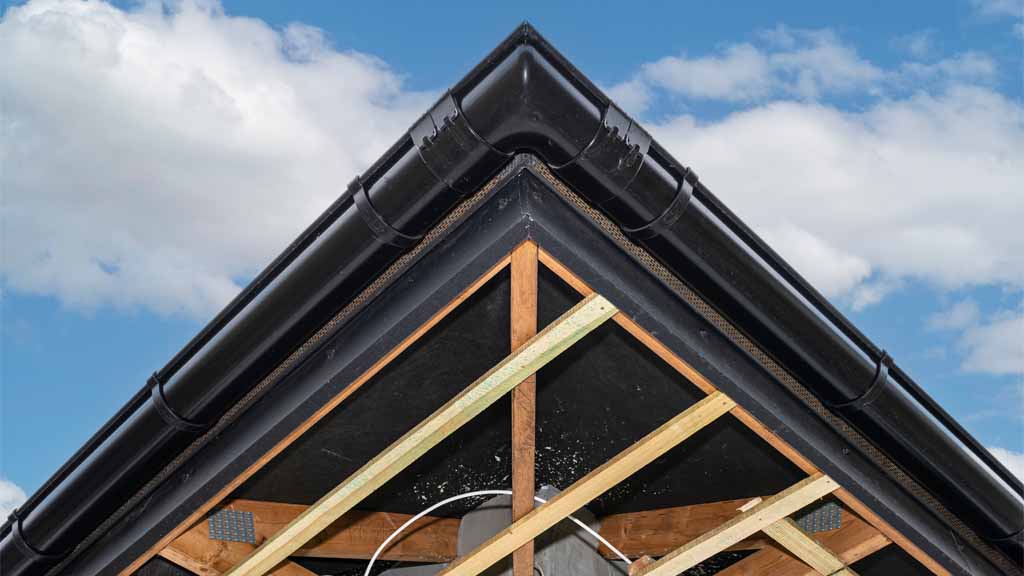
The next step after inspecting these areas is to inspect eavestroughs – these gutters around your home, which collect rainfall runoff from roofs and funnel water into drains for easy disposal.
What does a roofer do, call a professional roofer to check out your roof if you see any of these signs. They’ll be able to tell what repairs need to be made and how much it will cost to gutter direct water away from a building’s foundation.
They’re usually made of metal or plastic and connect to downspouts, which carry the water away from the house when you notice that your eavestroughs are clogged or damaged, it’s time to call a contractor.
These systems are often overlooked by homeowners, who may not see the importance of having them in good repair. Nonetheless, if your water leaks into your home and damages your walls or foundation, you are in for serious problems.
Make sure there aren’t any cracks in your chimney or the mortar between your bricks. If you have a flat roof, check for leaks by spraying water on different parts and looking for signs of discoloration.
- Drip Edges, Flashings, Skylights, And Chimneys
What does a roofer do? Drip edges are small pieces of metal or plastic that extend from a roof’s edge to direct water away from the house. Flashings are the parts of roofing materials that overlap and protect an opening, such as skylights.
Chimneys are usually made of brick or stone and have flues running through them to carry smoke and exhaust out a building. Skylights let natural light into a building while also allowing people inside to look up at the sky.
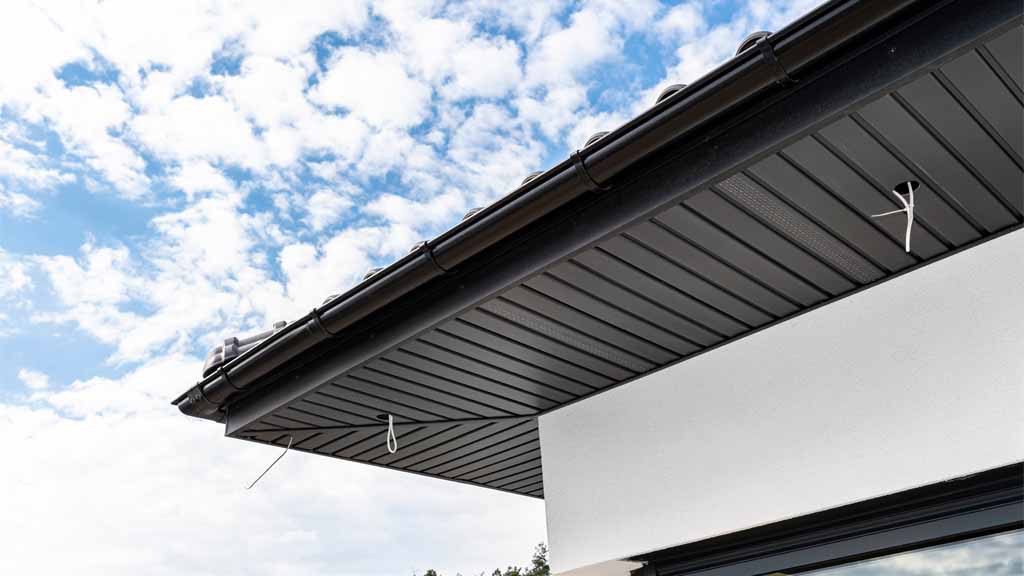
If you have a flat roof, it’s also essential to check for leaks. Ensure the flashing around your chimney or vents is secure and watertight.
If your gutters are clogged with leaves or other debris, water will get stuck and won’t be able to flow freely.
If you notice that your gutters are damaged or missing pieces, it’s a good idea to call a professional roofer immediately so they can make repairs before any further damage is done. It can cause leaks in your roof, which can cause severe damage. You should also apply a sealant or caulk around vents and skylights, which will help prevent leaks from occurring.
- Shingles, Shingle Tabs, And Stone Chip Coverings
You can check for broken shingles by looking at the roof’s surface. If you see any broken or missing, this is a sign that there may be water damage in your attic. Broken shingles can also allow debris and moisture to enter your attic and cause problems with mold growth.
Is Your Roof Leaking?
What does a roofer do? Check each tab on a shingle as well; if they’re bent or damaged, they may need to be correctly secured to the roof decking. Shingle tabs should be straight and firmly seated in their slots.
Stone chip coverings are another thing to keep an eye on when inspecting your home’s roof. Stone chips are available in many colors and textures, so make sure yours is still intact after years of wear and tear from natural weather patterns like rain storms or hail storms.
You can check for leaks by looking at the outside of your home and checking for any discoloration or spots that could be water damage. You can also look in attics, basements, and garages to see signs of moisture or mold.
If you have a flat roof, it’s also essential to check for leaks. Make sure that the flashing around your chimney or vents is secure and watertight if you notice any of these signs. It may be time to get a professional inspection. Your roofer will be able to tell if there is any damage and make sure it doesn’t get worse.
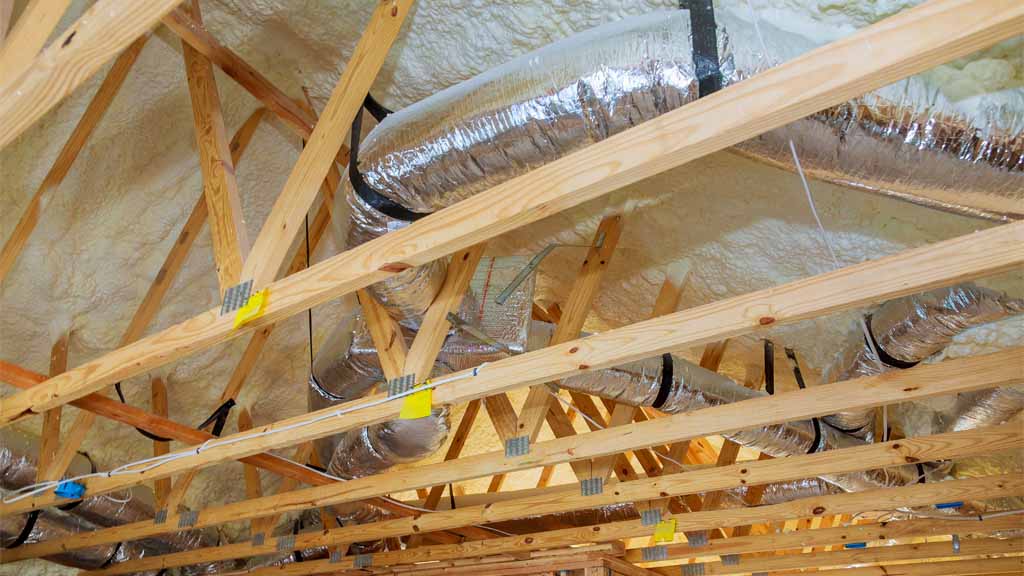
- Roof Vents And Plumbing Stacks
Roof vents and plumbing stacks are the two other significant components of a roof that can be inspected by a professional.
- Roof vents are essential for airflow and prevent moisture buildup on the inside of your home. If you have a leaky or damaged vent, it will lead to all sorts of problems—and not just water damage!
- Should also check plumbing stacks because they can leak into your attic space. These leaks are dangerous because sewer gasses can mix with ammonia from household cleaners that may build up in your walls or crawl spaces after winter months when people aren’t using them as much as usual. A professional roofer will know how best to fix these leaks so that no more gas gets into your home’s structure.
Should clean out the eavestroughs regularly to ensure they are not clogged with leaves and other debris. If you need help with this, contact a roofing company in your area for assistance.
The first thing to do is check your roof for signs of damage. If you see any water stains on your ceiling serious health problems if left untreated—and it can cost thousands of dollars to repair once it happens!
Is Your Roof Leaking?
- Surrounding Roof Areas
Trees and shrubs can damage roofing materials, cause leaks and increase fire risk. Some plants can grow on your roof and block gutters, which leads to water damage. Roots of trees or bushes can penetrate roof surfaces, causing leaks and structural damage that may not be visible from the ground.
Roofing materials are usually made of asphalt or an acrylic-based product that can withstand high temperatures. Roofing shingles are available in various colors and styles, including wood shakes and slate tiles. If you notice any signs of damage, it’s time to schedule a roof inspection.
If you’re noticing water damage around your home, call in a professional. Water damage can cause serious health problems if left untreated—and it can cost thousands of dollars to repair once it happens.
- Space From Inside The Home.
When you inspect your attic or roof space from inside the home, you should look for signs of water damage, mold, and leaks. You can use a flashlight to check for these issues by shining it around the attic or roof space.

You will also want to inspect your insulation, if you have any, to ensure it’s in good condition. If there are holes or gaps in the insulation, this can cause heat loss in your home, increasing energy costs and possibly even causing a fire.
The light in an attic or ceiling space can attract pests such as mice or bats, so turn off all lights except those needed for inspections, and keep doors closed whenever possible – especially if some are already inside – to ensure they don’t escape when opened.
What does a roofer do? Find the best solutions for your home’s needs—and we guarantee our work so that you know it won’t leak or cause other problems in the future removing plants from your roof is a job for a professional.
They have the knowledge and experience to safely remove these items without damaging your home. A professional will also be able to assess the condition of your roof, identify any damage that may have occurred due to plants on it and make any necessary repairs.
If you notice any cracks in your chimney, this can mean that it isn’t correctly venting smoke from your fireplace or wood stove. It could also mean rainwater leaking into your home during heavy storms.
Is Your Roof Leaking?
- Gable Ends And Roof Penetrations
What does a roofer do? check the gable ends and roof penetrations for missing or damaged shingles. If you see any, that’s a sign that it could be time to replace them.
Next, look for missing or damaged flashings—the metal pieces that seal roof edges against rainwater penetration. Missing or damaged flashings in this area can often lead to water leakage at the base of your home’s walls, which can cause expensive damage if left unchecked for too long.
If you notice any problems with this part of your roof, you must call a professional contractor as soon as possible.
Finally, inspect your skylights and chimneys too! Skylights allow natural light into dark rooms but can also let harmful UV rays inside if they aren’t installed correctly or maintained regularly.
You should also check vents every few years because they are very susceptible to rust over time due to their exposure outdoors all day long, every single day during most seasons each year.
Many other issues can cause leaks in the attic, so if you need help with what to do or how to fix it, the roofer charges per service. We will be happy to answer any questions and help you get your roof back into shape.
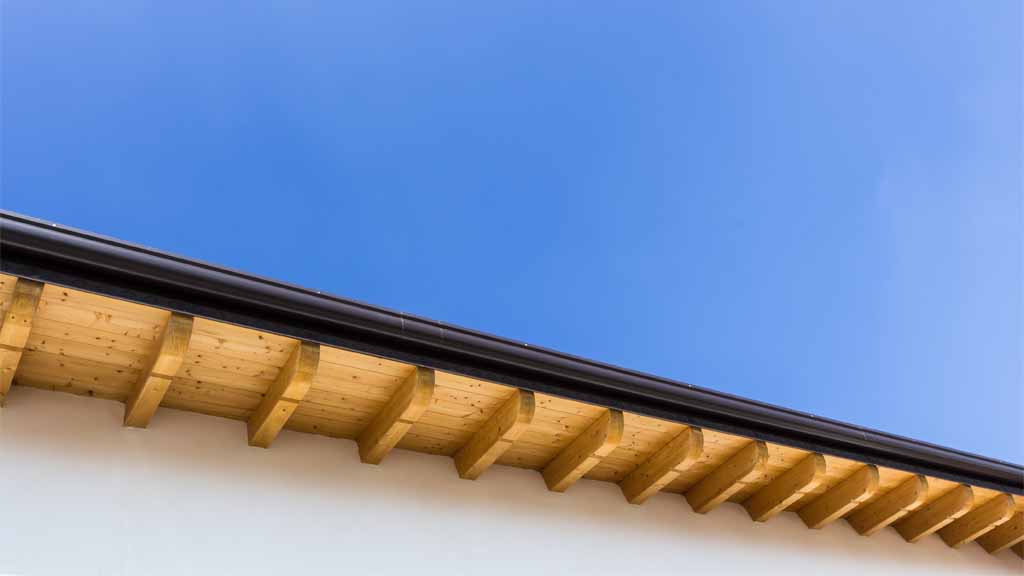
- Gutters, Downpipes, And Drainage Systems
- Check for damage. Should inspect the gutters and downpipes for any signs of wear, such as holes, cracks, or rust. Also, make sure that the channels are in good condition. If you notice any issues with your guttering system, then it might need repairing or replacing by a professional to avoid leaks later on.
- Check for leaks. Your roofer will check for signs of leaks by looking at places like window sills and skylights for watermarks left behind after rainstorms or other periods of heavy rainfall. If you don’t fix it now, it may happen again! It will give them an idea of where leaks have occurred from the roof into your home.
- Check clogs & proper installation/proper pitch. Clogged downpipes can cause back-ups because they’re unable to handle all of the water being pushed through them at once due to poor drainage systems installed by previous homeowners who didn’t know better–or wanted to save money.
If you find any issues, you should call a professional to come and take care of them. They will be able to provide you with the correct advice for fixing minor problems such as leaks or cracks and more severe issues like mold growth.
- Edge Sealants And Painting On Flashings
What does a roofer do? Edge sealants and painting on flashings around chimneys, vents, upstands, and gables are used to seal the gap between the roof and the chimney. Image is also used to stop water from getting into the attic.
If your home has a chimney, it’s crucial to inspect it regularly for rusting and leaks. The same goes for skylights—if they are damaged or not correctly installed.
They could let UV rays into your attic, where they could cause severe damage over time. If you find problems with your roofing system, it’s best to call a professional contractor as soon as possible.
If you’re in the market for a new roof, consider getting multiple estimates on the cost of materials and labor to find the best deal. A reputable roofer will always provide an estimate for free, so be sure to ask for one before making any commitment.
Is Your Roof Leaking?
A professional roofer can take care of all of your residential roofing needs.
What does a roofer do?If you have an older home and are wondering if your roof has any issues, it would be wise to have one inspected.
A professional can tell whether there is any wear or damage that s should address before it becomes a problem. They’ll also recommend how best to fix any issues that may arise with the rest of your house’s structure and ventilation system.
Painting is also used to prevent water from getting into the attic. Finally, flashing is used on chimneys and vents to seal the gap between the roof and these structures.
You notice that your roofer is checking for proper pitch, which means they want to ensure your roof does not have too much or too little. If there is not enough pitch on your roof’s slope, water will pool in different areas and cause leaks.
Conclusion
The best way to ensure that your roof is in good shape is to have a professional inspection completed by a qualified roofer. If you would like more information about the process or want us to contact your home.

